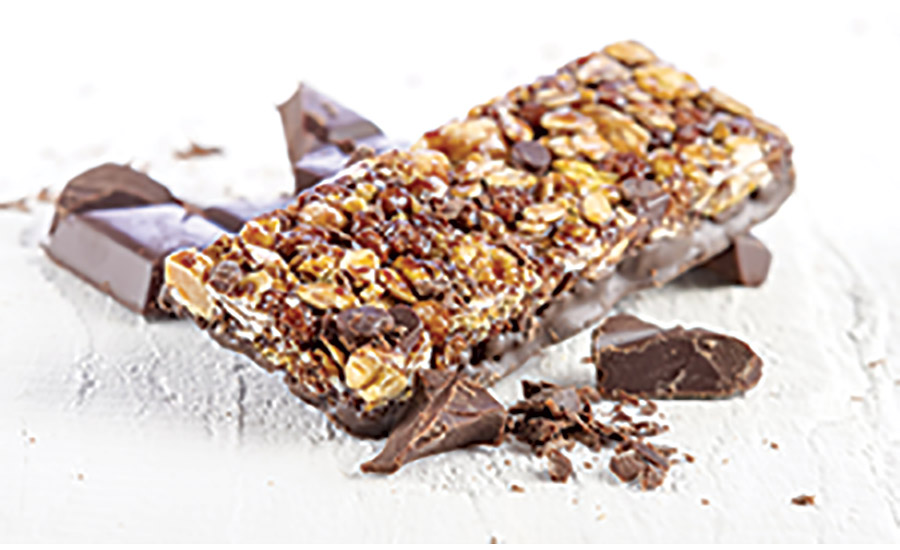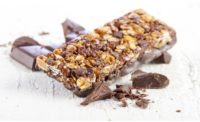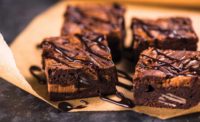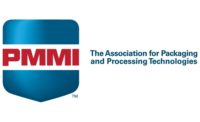Boosting the vitamin and mineral content of snacks and baked goods increasingly plays an important role in swaying shopper interest. The daily recommended dietary allowance for calcium ranges from 1,000 to 1,300 milligrams from ages 4 and beyond, and many people don’t get enough of this essential mineral. Therefore, fortification strategies remain a key strategy to ensuring people get sufficient calcium each day. To learn more about this approach, we reached out to Jeff Billig, vice president and general manager, Delavau Food Partners, Philadelphia.
Douglas J. Peckenpaugh: Why is calcium fortification important in today’s food industry?
Jeff Billig: Calcium is a necessary part of a healthy diet and one that, for many, is lacking. We help brands fortify their foods with calcium to deliver important minerals for bone health, which is particularly important for growing kids and those at risk for bone loss. It’s also a great way to deliver calcium to those who cannot, or choose not to, consume dairy.
DJP: What types of snack and bakery products would you recommend for calcium fortification?
JB: The bakery segment has a great innovation opportunity in calcium fortification. In breads, you can fortify pan bread, sandwich rolls, flatbreads, bagels and so on. On the snack side, chocolate and compound coatings are great delivery systems for calcium in inclusions and enrobing applications. This allows for bars, chocolate covered pretzels and pretty much anything with a chocolate inclusion or coating to be fortified with calcium.
DJP: How do you recommend snack producers and bakers add calcium to these types of products?
JB: When adding calcium via a chocolate inclusion or compound coating with our technology, the calcium displaces the chocolate at a 1:1 ratio— and without negatively impacting the sensory experience. In breads and other baked goods, we work with the individual formulations to incorporate the calcium in a manner that delivers the same sensory outcome. We can also deliver calcium with vitamin D.
DJP: In these examples, is it possible for products to carry any sort of label claim?
JB: We can achieve “glass of milk” levels of calcium or higher in a single serving of bread, supporting baked goods seeking good and excellent source of calcium claims. In snacks, a chocolate or compound coating can deliver “glass of milk” levels of calcium or higher, as well. In all cases, we work with customers to incorporate calcium in a way that protects the sensory experience consumers expect, while delivering the nutrition they seek.





